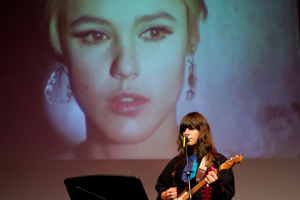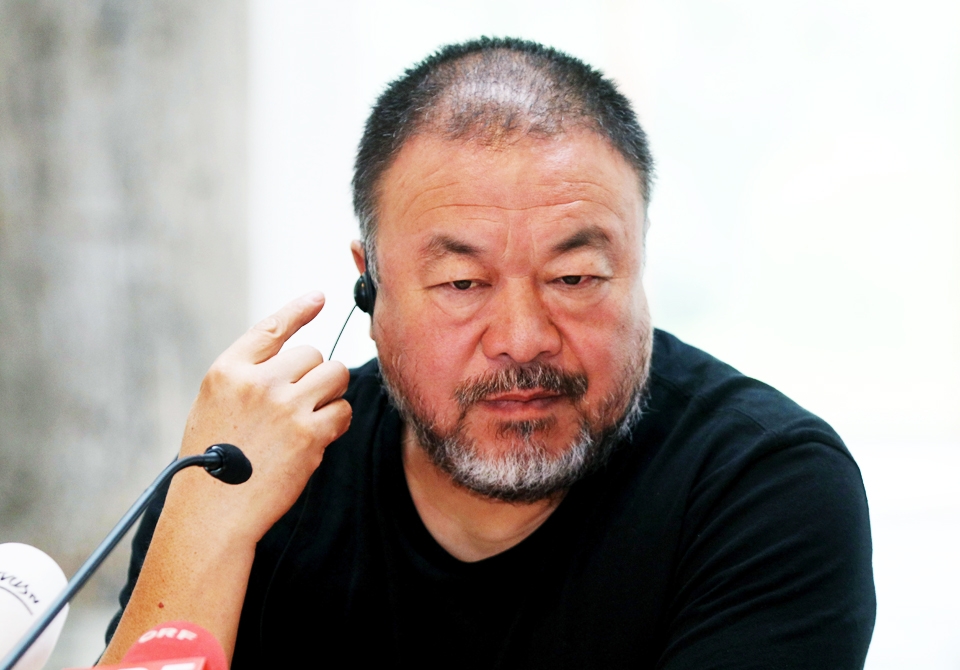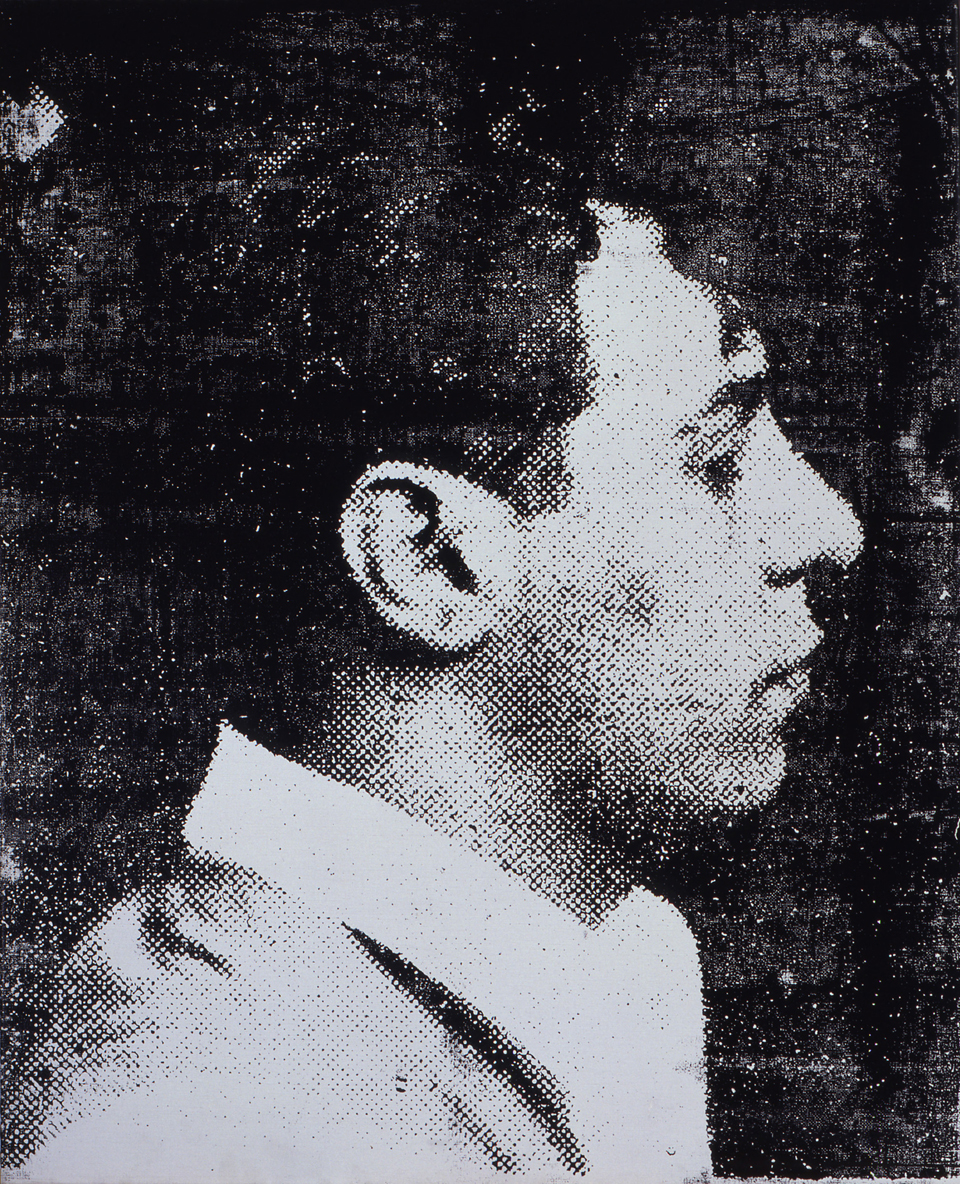By: Rebecca Kittel | for the Duquesne Duke

Music was played in the near background, people chatted with their partners, friends and children while the Carnegie Music Hall was slowly filled. On Friday, Oct. 17, Songs for unseen Warhol Films took place at 8 p.m. in Carnegie Music Hall. It was the world premiere of the show.
In celebration of the Andy Warhol Museum’s 20th anniversary, the museum presented a new performance that combined 15 never publicly seen Warhol films with live performances by five songwriters. The Andy Warhol Museum produce the performance in cooperation with Brooklyn Academy of Music and UCLA’s Center for the Art of Performance.
After the lights went out Ben Harrison, curator of performing arts at the Warhol, welcomed all guests and introduced the project by proclaiming the theme to “create an understanding for Andy Warhol’s work,” Harrison said.
The first performing artist was Tom Verlaine. His soft and gentle guitar tones filled the air when the first “unseen” film was shown. The film was called John Washing and was produced by Warhol in 1963. It presented John Giorno naked in a kitchen washing dishes.
The black and white, four and a half minute film depicted a naked man washing dishes in a kitchen. The music and pictures worked together smoothly. As the meticulous act of washing dishes was repeated, the music followed suit with its melody. The atmosphere of a depressing and never ending story of a man washing dishes was created effortlessly.
Superboy was a different kind of film. Therefore, the music performed by Martin Rev changed in relation to the film. The music was a loud and crazy electronic mix. Pictures were shown for just a few seconds. Superboy simply shows a young man drinking soda. Different angles of the camera were used to give a hectic and discontinuous impression to the viewer.
The third artist of the night was Eleanor Friedberger. Her music was a mixture of different rock-pop songs. The films she dealt with were more colorful, often showing portraits of people. It was a friendlier atmosphere and gave the audience the feeling of a relaxing environment.
Again drawing inspiration from the mundanity of human life, Warhol chooses a man and a woman as his subject. The audience could never be sure if it was a couple or just two people smoking a cigarette. He often drew the focus on people’s faces and their facial expressions. He let their body language do most of the expression towards the camera and audience, which often created a sympathetic mood.
The last two artists during the evening were Dean Wareham, who curated the entire event, and Bradford Cox. Both of them played three songs just as the artist before. Again, it was a perfect match of music and pictures, which gave the impression that both were created together, versus the reality that the film had been made several decades before the composition.
The 15 films were digitized as part of a larger project to preserve and make accessible all of Andy Warhol’s film work.
After more than an hour of diverse films and music the show was over and people left the Carnegie Music Hall in a chilly night impressed by the several films and performances.




